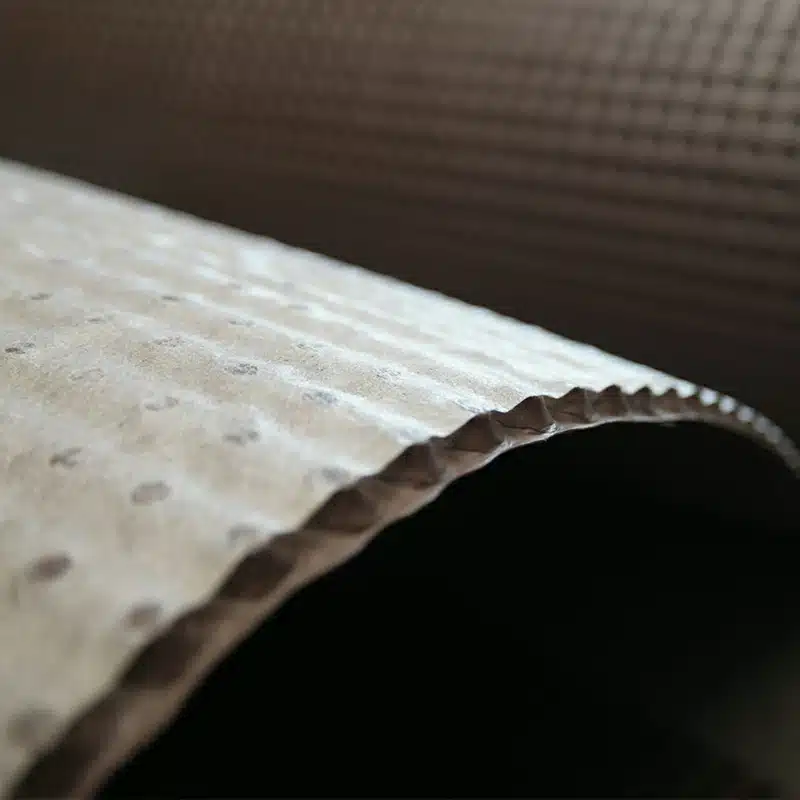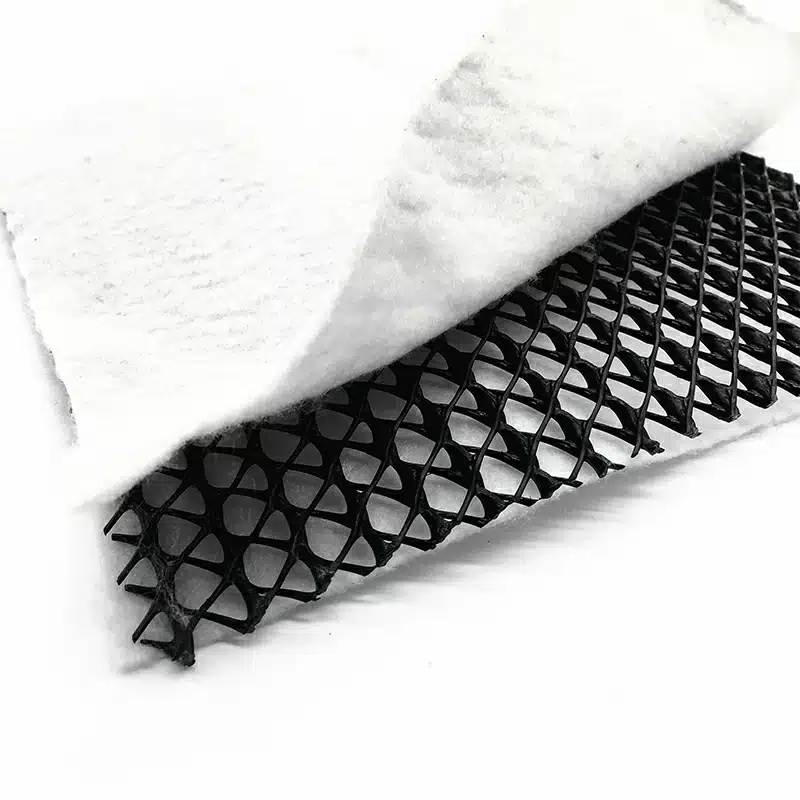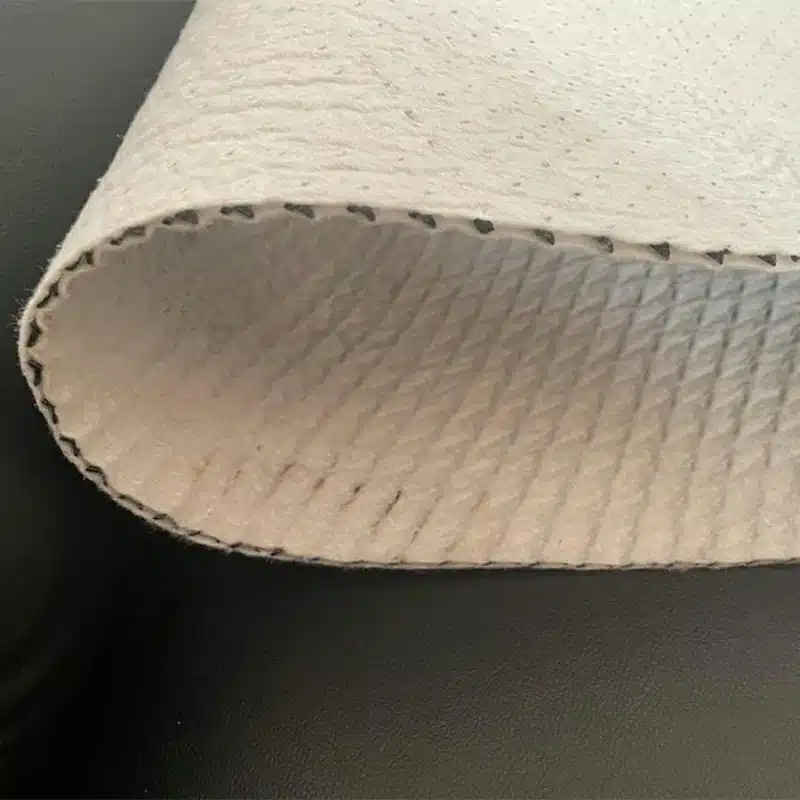+86-159 9860 6917
info@geofantex.com
geofantex@gmail.com
+86-400-8266163-44899
Soil stabilization is a critical aspect of modern construction, particularly in infrastructure projects like roads, embankments, and foundations. One of the most effective methods for stabilizing soil is the use of geosynthetics. These synthetic materials, including geotextiles, geogrids, geomembranes, and geocells, are designed to reinforce, separate, and filter soils, significantly enhancing their load-bearing capacity and preventing issues like erosion and settlement. This article explores the use of geosynthetics in soil stabilization, focusing on their various applications and benefits.
What are geosynthetics used for in soil stabilization?
Geosynthetics are used in soil stabilization to enhance the physical properties of soil, particularly in areas where the soil is weak or unstable. They serve multiple functions, including reinforcement, separation, filtration, and drainage. One key application of geosynthetics is to stabilize granular soils, improving their load-bearing capacity and preventing displacement. By integrating geosynthetics into soil structures, engineers can enhance the stability and load-bearing capacity of the soil, making it suitable for supporting heavy structures like roads, bridges, and buildings. Geosynthetics help prevent soil erosion, reduce settlement, and increase the overall durability of the soil structure.

Can geosynthetics be used as soil reinforcement?
Yes, geosynthetics are widely used as soil reinforcement. Geogrids and geotextiles are the most common types of geosynthetics used for this purpose. They work by distributing loads more evenly across the soil, preventing deformation and improving the soil’s strength. This reinforcement is particularly important in areas with soft or loose soils, where the risk of soil movement or failure is high. In such cases, geosynthetics are sometimes required to provide additional stability in the construction of embankments on soft soil. By using geosynthetics, engineers can construct more stable and long-lasting foundations, embankments, and retaining walls.
What is the role of geosynthetics in stabilization of slopes?
Geosynthetics play a crucial role in the stabilization of slopes, where the risk of soil erosion and landslides is significant. Geocells and geogrids are commonly used to stabilize slopes by confining the soil and providing a reinforced structure that resists movement. These geosynthetics improve slope stability by performing dual functions of reinforcement and drainage, ensuring that the soil remains intact while also preventing water buildup that could lead to failure. Geotextiles are also used to prevent surface erosion by acting as a barrier that keeps soil particles in place while allowing water to pass through. By using geosynthetics, engineers can create safer, more stable slopes that are less prone to failure, even in challenging environmental conditions.
What are geotextiles in soil stabilization?
Geotextiles are a type of geosynthetic material specifically designed for soil stabilization. Made from permeable fabrics, geotextiles serve multiple functions, including separation, filtration, and reinforcement. As one of the methods to stabilize the soil in order to improve the service life of structures, geotextiles are placed between different soil layers to prevent mixing, which maintains the integrity of the structure. They also reinforce the soil by distributing loads more evenly and preventing soil displacement. Additionally, geotextiles facilitate drainage by allowing water to pass through while keeping soil particles in place, reducing the risk of erosion and waterlogging.
Soil stabilization using geosynthetics is a proven method for enhancing the strength, durability, and stability of soil in construction projects. Geosynthetics like geotextiles, geogrids, geomembranes, and geocells play essential roles in reinforcing soil, preventing erosion, and stabilizing slopes. By incorporating these materials into soil structures, engineers can create more resilient and long-lasting infrastructure, reduce maintenance costs, and minimize environmental impacts. Understanding the various applications of geosynthetics in soil stabilization is key to achieving successful construction outcomes in challenging soil conditions.



Get Free Sample
We’ll respond as soon as possible(within 12 hours)





















